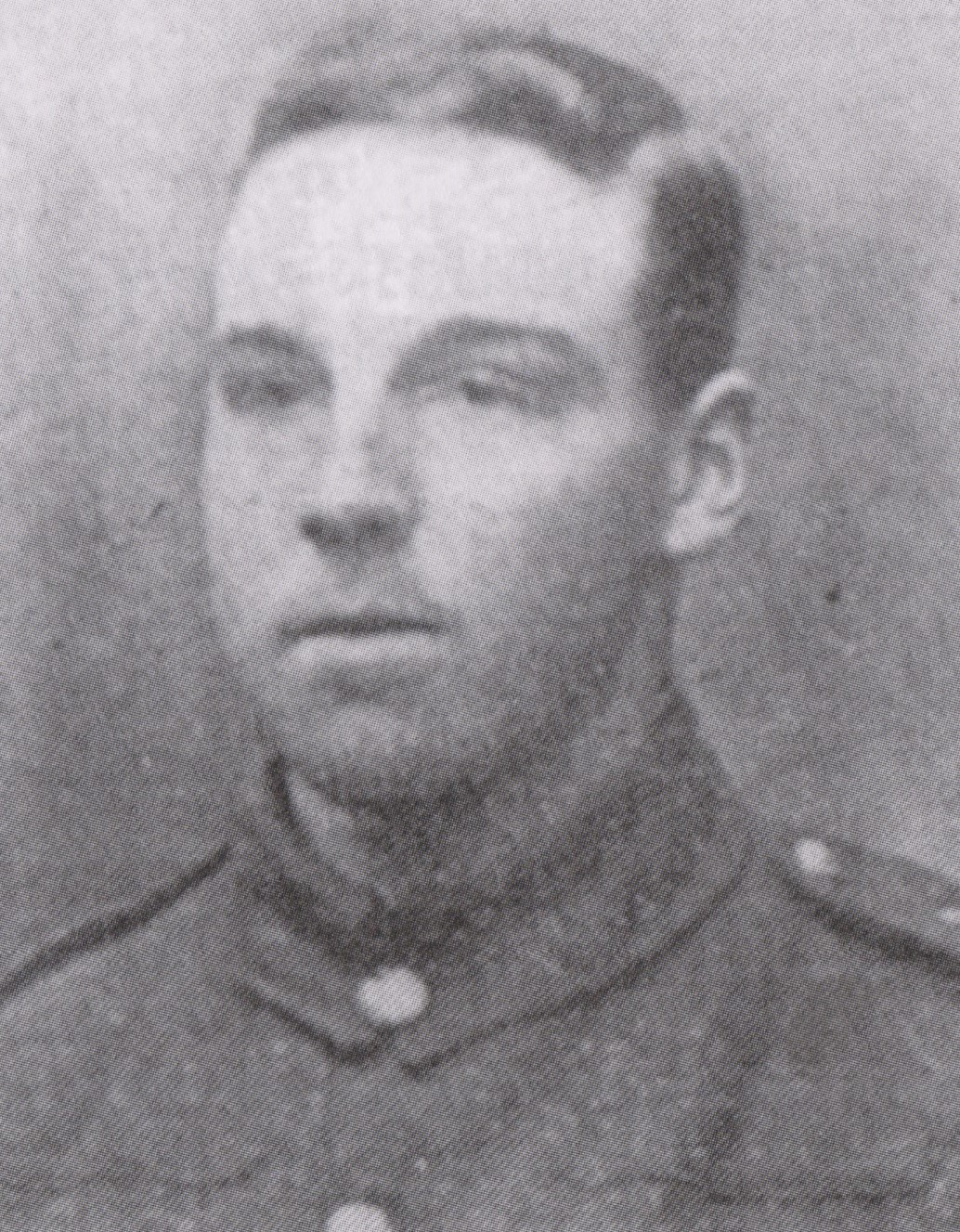
John was born in 1896 in Leyburn North Yorkshire. In 1900 the family moved to Burtersett near Hawes where John’s father Jeremiah worked as a stonemason at the local quarry. John had two younger brothers, Anthony and George. On leaving school John also worked at the quarry. In February 1916 he had married a local girl, Jane Ann Dinsdale.
By the time of his wedding John was with the 4th Battalion The Yorkshire Regiment, having enlisted at Askrigg in October 1915. John embarked for France in April 1916. The Battalion would not take part in the Somme offensive until September 15th with the eventual plan for the 26th was for the Battalion to attack and capture German trenches running from Flers. It was during the German counter attack that the Battalion suffered heavy casualties, one of which was John. His body was never found and it wasn’t until early 1917 that his wife Jane was officially notified that her husband had been killed. By the time of his death Jane had given birth to a child.
Private John William Horn’s name is commemorated on the Thiepval Memorial.
Explore more memories from the ribbon
-
Ernest Pigg
Ernest Pigg was the son of James and Maria Louise Pigg of 7 Langley Avenue, Thornaby on Tees. He enlisted in late 1914 and was posted to the 8th Battalion of the Yorkshire Regiment. The 8th Battalion left for France in late August 1915 and took over trenches in the area of La Rolanderie and Bois-Greniers. Having been in France for only one month 11605 Private Ernest Pigg is reported to have died of wounds on 28th September. He was buried at Sailly-sur-la-Lys Canadian Cemetery in the Pas-de-Calais. He was awarded the 1915 Star, the British War Medal and the Victory Medal. His effects, which were left to his father James, constituted £2-2s and a gratuity of £3-10s.
-
Alfred Myers
Alfred Myers came from a large family in East Cleveland and before the war worked with two of his brothers in the ironstone mines. A member of the Independent Labour Party and a devout Wesleyan Methodist, he played a key role in his local community. He was a tenor in the Wesleyan Carlin How choir, a Sunday school superintendent and trustee of the local church. Myer’s service record survives and records the process of his arrest and sentencing in cold, hard terms. One month after his posting he was arrested and court-martialled. Initially he was sentenced to death but this was commuted to 10 years imprisonment. At his hearing for exemption from compulsory military service, Myers asserted his belief in an international brotherhood of man, and stated that he ‘could not conscientiously kill, nor assist in killing’. But like so many others he was only granted exemption from combatant service and was sent to the Non-Combatant Corps at Richmond Castle. In the cells at Richmond, Myers’s tenor voice was put to good use. With two other conscientious objectors, Brocklesby and Gaudie, he sang the hymn ‘Nearer My God to Thee’ in three-part harmony. Myers’s performance wasn’t as perfect as the other prisoners hoped, however – they had to bang on the cell floor to keep him in time. Following his ordeal with the rest of the Richmond Sixteen in France, Myers was sent first to Dyce Camp, near Aberdeen, and then Maidstone prison. Others of the Richmond Sixteen were also…
-
Edoardo Giovanoli
Information submitted by John Holdsworth. Edoardo Giovanoli was born in Samedan, Switzerland in April 1889, but by around 1907 he had moved to Filey in Yorkshire to work with a relative to learn the art of confectionery. Following the outbreak of the First World War, Edoardo decided to become a Naturalised British Citizen, which would allow him to fight for his adopted country. He joined the 5th Battalion, the Yorkshire Regiment as 3072 Lance Corporal E Giovanoli in 1915. On 20th September Edoardo was wounded while in the trenches outside of Armentieres, receiving gunshot wounds to the left arm and the neck. After hospitalisation and convalescence (during which time he met his newly born daughter, Dorothy) Edoardo returned to the front in 1916, attaining the rank of Corporal some time after this. Having spent most of the war in Belgium and France, it seems that Edoardo may have been used as an interpreter during the latter part of the conflict on the Italian-Austrian Front. Following the war the family moved to Bradford, and Edoardo worked as a Master Baker for Clark’s High Class Confectioners on North Parade. He became ill in 1927 and was admitted to St Luke’s Hospital. He died on 13th August and his death certificate records that the war wounds sustained 12 years earlier were the cause of his death. …
